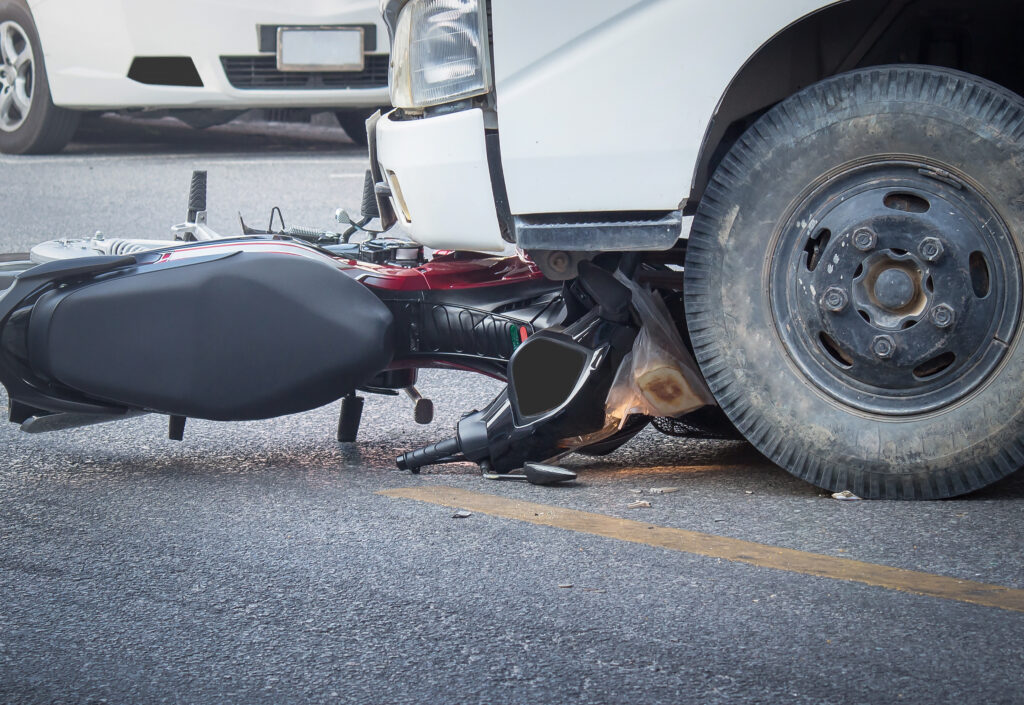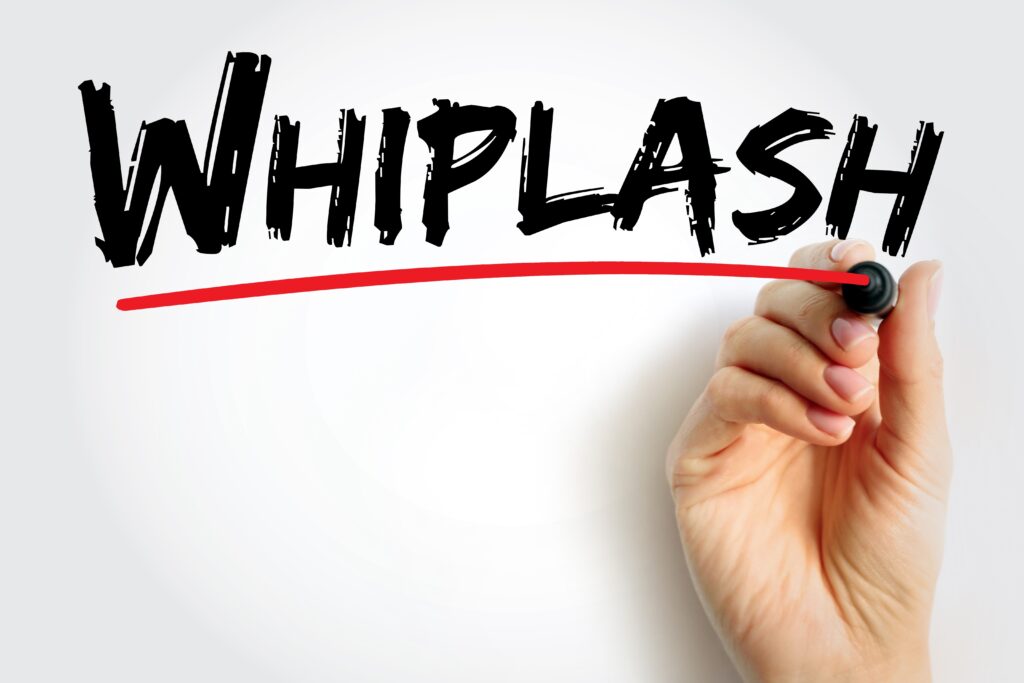Whiplash claims in Alberta face unique documentation challenges that can make or break your compensation. Under Alberta’s Minor Injury Regulation, soft tissue injuries like whiplash are capped at $6,182 for pain and suffering—unless you can prove your injury caused “serious impairment.” This legal distinction hinges on the quality and completeness of your medical documentation.
Most whiplash victims lose thousands in potential compensation because they don’t understand Alberta’s specific requirements. Whiplash symptoms often appear 24-48 hours after an accident, creating documentation gaps. Without proper medical records connecting your symptoms to the accident, even legitimate injuries could be dismissed as pre-existing conditions or normal wear and tear.
While your immediate medical care is covered by Alberta Health, your documentation determines compensation for lost wages, future care needs, and pain and suffering. Missing documents or filing them incorrectly can permanently cap your claim at the minimum amount, regardless of your injury’s actual impact on your life and work capacity. A skilled Calgary whiplash lawyer can ensure your paperwork is accurate, complete, and strategically presented to protect your full rights.
At MNH Injury Lawyers, we help you assemble this documentation correctly. If you have questions about your whiplash injury, call us at (888) 664-5298 for guidance.
GET YOUR FREE CONSULTATION NOW!
Documents from the Accident Itself
These are the first pages of your story, establishing the who, what, when, and where.
Motor Vehicle Collision Report

This is the official report filed by the police service that attended the scene of the accident. Whether it was the RCMP, Edmonton Police Service, or Calgary Police Service, a formal report is generated if they are called to the collision.
It provides an objective, third-party account of the incident. These reports typically contain diagrams of the scene, notes on weather and road conditions, statements from drivers and witnesses, and sometimes a preliminary assessment of fault. We will obtain this document on your behalf to establish the basic, undisputed facts of the collision.=
Information Exchanged with the Other Driver
This includes the full name, address, driver’s licence number, licence plate number, and insurance information you collected from the other party or parties involved in the accident.
This information is non-negotiable. It is the data that identifies who the claim will be made against and which insurance company will be responding. If you were able to take photos of the other driver’s documents at the scene, that is ideal. With these details, we can formally initiate the claims process without delay.
Medical Documents
A whiplash injury is, in most cases, “invisible.” Unlike a broken bone that shows up clearly on an X-ray, the damage is to soft tissues like muscles and ligaments. This chapter of your claim is about making the unseen, seen, through official, detailed medical documentation.
Your Medical Records are the Protagonist of Your Claim
This is the complete, chronological history of your diagnosis, treatment, and progress following the accident. It includes every note from your family doctor, any specialists you were referred to (like a neurologist or physiatrist), and all treatment records from physiotherapists, chiropractors, and massage therapists.
These records create a clear and undeniable timeline that connects your physical complaints directly to the accident. We use this paper trail to show the nature of your injury, its severity, and the consistency of your efforts to recover.
Diagnostic Imaging Reports (X-rays, MRIs, CT Scans)
These are reports from radiological tests ordered by your physicians. While a standard whiplash-associated disorder (WAD) might not appear on an X-ray, these tests are still exceptionally important.
Their primary role is to rule out more severe injuries, such as fractures, spinal dislocations, or other bone-related trauma. However, if an MRI or CT scan reveals specific soft tissue damage, like a disc herniation or nerve impingement, this will be used to support a claim covering these treatment costs.
A Personal Pain and Symptom Journal
This is a daily or weekly log that you keep privately at home. It is your personal story of the injury’s effect on your life.
Medical records show a diagnosis, but your journal shows how that diagnosis affects you moment to moment. It provides the texture and detail that a clinical report lacks. You should document:
- Pain Levels: Use a simple 1-10 scale. Note where the pain is located (e.g., base of the skull, right shoulder, lower back) and what it feels like (e.g., sharp, dull, throbbing).
- Headaches: Document their frequency, how long they last, their intensity, and where they originate.
- Limited Mobility: Write down specific difficulties. For example, “Could not shoulder check to change lanes while driving today,” or “Had trouble lifting the laundry basket.”
- Impact on Daily Life: This is where you record the real-world consequences. Note activities you can no longer do or that are now difficult, from household chores and grocery shopping to hobbies like gardening or playing with your children. This narrative is a powerful tool for demonstrating loss of enjoyment of life.
Financial Documentation
These documents are used to create a ledger that quantifies the economic consequences of the accident.
Proving Lost Income
This is a collection of documents designed to prove what you would have earned had the accident not occurred. The goal is to create a clear and verifiable picture of your pre-accident earning capacity.
- Pay Stubs or Pay Slips: We typically require the stubs for the three to six months immediately preceding the accident to establish a baseline of your regular earnings.
- Tax Returns: Your T4 slips and official Notices of Assessment from the Canada Revenue Agency for the past two years provide a broader, official history of your earnings.
- Letter from Your Employer: We will formally request a letter from your employer. This letter will confirm your job title, your rate of pay (salary or hourly), your typical hours, and, most importantly, the specific dates you were absent from work because of your injuries.
- For the Self-Employed: Proving income loss when you work for yourself is more complex. We will need to assemble business records, financial statements, invoices, contracts, and potentially statements from clients to demonstrate the income lost during your recovery.
Accessing Section B Disability Benefits
Every standard auto insurance policy in Alberta includes a “no-fault” benefits portion known as Section B. These benefits are designed to provide immediate support for medical needs and income replacement if you are unable to work, regardless of who caused the accident.
To start this process, you will need to complete specific forms provided by your insurer, primarily the AB-1 Notice of Loss and Proof of Claim and the AB-1A Claim for Disability Benefits.
We ensure these forms are filed correctly and on time. Our role is to make certain you can access the disability portion of these benefits, which provides for 80% of your gross weekly earnings up to a maximum of $600 per week.
Out-of-Pocket Expenses (Special Damages)
These are any and all expenses you have personally paid for as a direct result of the accident. In legal terms, these are called special damages.
Keep a dedicated folder and save every single receipt for:
- Prescription medications and over-the-counter drugs like pain relievers.
- Parking fees at medical and therapy appointments.
- Mileage driven to and from your treatment providers.
- Medical devices prescribed by your doctor, such as a cervical collar, a special pillow for sleeping, or a TENS machine for pain relief.
Minor Injury Regulation (MIR).
The Minor Injury Regulation (MIR) is a rule created by the Alberta government under the Insurance Act that puts a limit, or “cap,” on the amount of compensation available for “pain and suffering” for injuries legally defined as “minor.” This category includes sprains, strains, and most whiplash-associated disorders (WAD).
How Do Documents Affect the “Cap”?
The other driver’s insurance company will closely examine your situation to see if they can classify your injury as minor. Doing so limits their financial exposure for your pain and suffering damages.
We use your complete documentary record to prove the full and true extent of your injury. A key question is whether your injury has resulted in a “serious impairment.” This is a legal term with a specific definition: a substantial inability to perform the essential tasks of your job, your schooling, or your normal activities of daily living.
This is where your personal efforts in documentation come into play. It helps us demonstrate that your injury has had a serious impact on your life and, therefore, may not be “minor” under the legal definition at all.
The maximum amount for pain and suffering under the MIR is adjusted each year for inflation. Rather than focusing on a specific, changing number, we focus on building a case with your documents that shows precisely why your injury may not fall under the cap in the first place. A consultation with a lawyer is the best way to determine how the current cap might apply to your situation.
Supporting Evidence
These final documents add important layers of depth and corroboration to your story.
Witness Information
This includes the names and contact information for anyone who saw the collision occur. It also includes contact information for people who can speak to how the injury has affected your life—family members, close friends, or even co-workers.
Independent witnesses to the accident can confirm your account of how the collision happened, which will be invaluable if fault is disputed. Furthermore, statements from family and friends help paint a vivid “before and after” picture.
Photographs and Videos
Any photos or videos you were able to take at the scene are helpful. This includes images of the damage to all vehicles involved, the final resting positions of the cars, the wider accident location, and any visible injuries you sustained, such as bruising from a seatbelt.
Frequently Asked Questions About Whiplash Claim Documents
Section B is typically considered a “last resort” or secondary payer. This means you must first apply for any short-term or long-term disability benefits available through your employer’s group insurance plan. Section B benefits are then used to cover the amounts that your primary plan does not, or to provide coverage if you do not have a work plan. We can help you coordinate this process to ensure there are no gaps in coverage.
Yes, medical evidence is absolutely fundamental. A claim for a physical injury without supporting medical records from a qualified practitioner—like a medical doctor, physiotherapist, or chiropractor—has very little chance of success. The medical records form the foundation of your entire injury claim.
Yes, Alberta follows a “contributory negligence” system, meaning you can still recover compensation even if you were partially at fault. Your compensation will be reduced by your percentage of fault. For example, if you’re found 20% at fault and your total damages are $50,000, you’d receive $40,000. However, being partially at fault doesn’t affect your access to Section B no-fault benefits through your own insurance, which you can claim regardless of fault determination.
Let Us Build Your Case

Building a strong whiplash claim is about methodically gathering the documents that tell your story accurately and completely. You do not have to do it alone.
We will handle the paperwork, communicate with the insurance companies, and ensure your case is presented in the strongest possible light.
If you’ve been injured in a motor vehicle accident in Alberta, let a skilled Calgary personal injury lawyer at MNH Injury Lawyers help you get the compensation you are entitled to. Call us today at (888) 664-5298.
